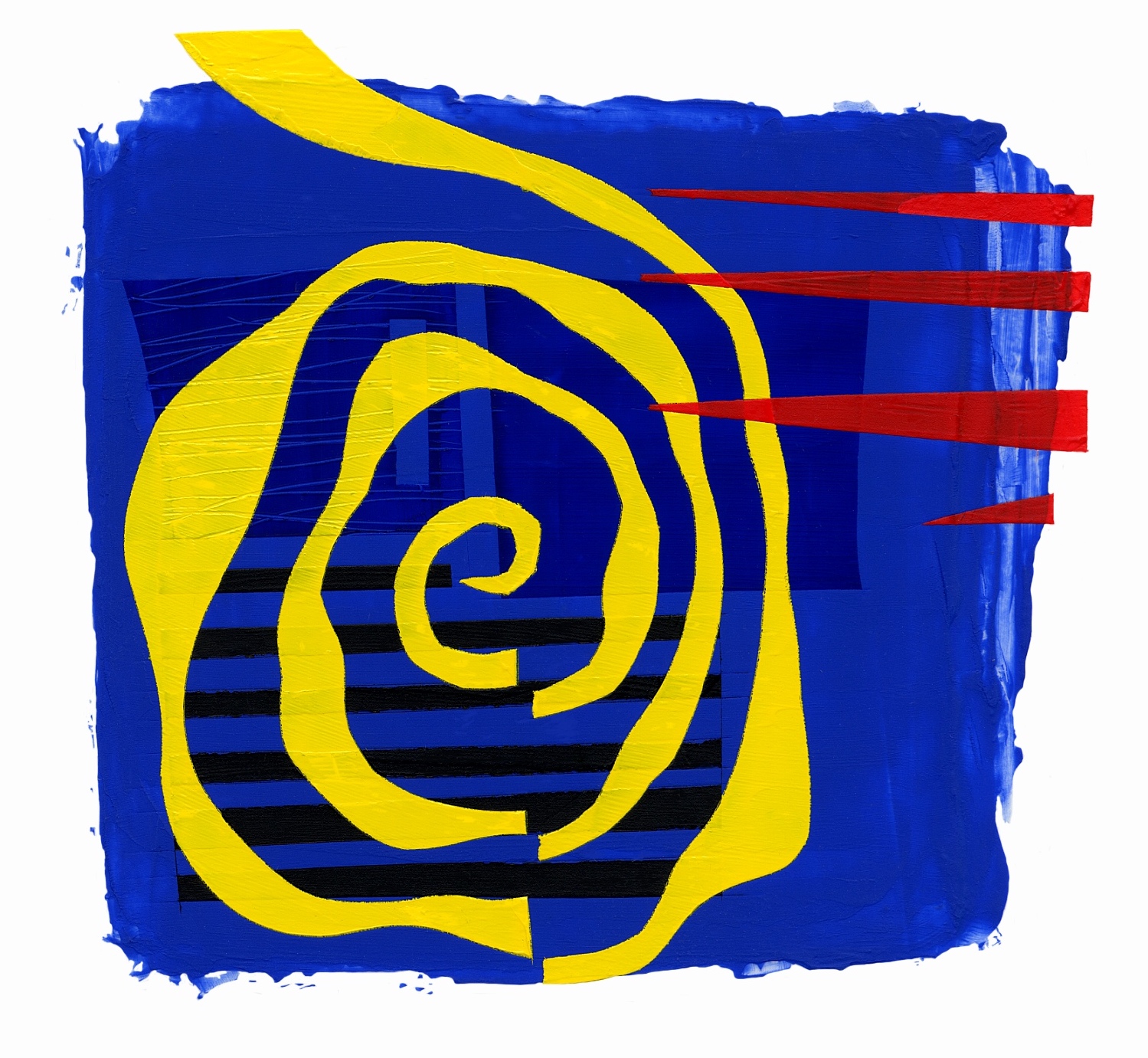
In Neil Howe’s latest book, The Fourth Turning is Here, he lays out the three ways humanity has conceptualized time. The first is chaotic, in which human history has no discernable pattern. Events unfold randomly and without meaning or purpose. The second is cyclical, which has prehistoric origins and is rooted in rhythms, planetary cycles and seasons. The idea of time being cyclical alleviates the fear of chaos and informs rituals and activities like planting, harvesting, celebrations and sacred activities. Interestingly, modern-day clocks and calendars are still based on this notion of continual and perpetual repetition. The third way of conceptualizing time is linear. This idea implies there is a beginning and an ending to history and events. This view suggests time has a direction and is often accompanied by a strong sense of progress. Judaic, Persian, Islamic and Christian cosmologies all embrace the idea of linear time. However, during the enlightenment the idea of linear progress really took hold and a strong belief in indefinite scientific, economic and political improvements emerged. That is where most people are today, but Howe begins to reintroduce compelling evidence of cyclical historical patterns.
While reading this book I was reminded of a series of paintings I did in 2001 entitled synthesis – a graphic that combined all three of the concepts Howe described in his book. The image shows a yellow spiral form that has a clear beginning point and ending point that breaks the edge of the deep blue frame. The spiral has a linear quality as well an ever-expanding cyclical, repetitive path — changing in thickness in a random and unexpected way. The yellow spiral sits on a cosmic blue backdrop containing random, asymmetric patterns. The frame is pierced by four red spikes, and the yellow spiral shifts or breaks at regular, predictable intervals. I suggest this image synthesizes the chaotic, cyclical and linear. Perhaps we are not limited to operating under just one of these ideas, and they all exist and impact human history simultaneously. When I was painting this, years ago, I was not thinking about time but rather how individuals learn and grow. Yet I am fascinated with how this relatively simple composition became a gateway for me to explore and consider complex ideas and observations regarding human history and time.
